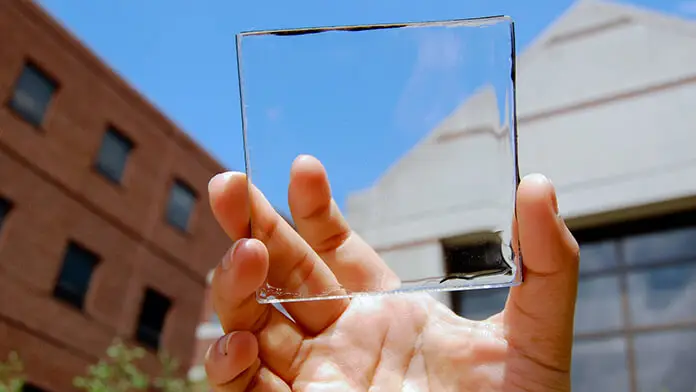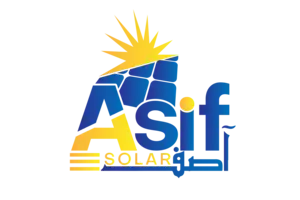
As cities grow denser and the demand for renewable energy surges, innovators are reimagining how solar technology integrates into urban landscapes. Enter transparent solar panels—a groundbreaking advancement that turns everyday glass surfaces into silent power generators. These futuristic panels promise to transform skyscrapers, homes, and public infrastructure into energy-producing assets without sacrificing aesthetics. Let’s explore how this technology is reshaping urban sustainability.
What Are Transparent Solar Panels?
Transparent solar panels are exactly what they sound like: solar-harvesting materials that let light pass through them like glass. Unlike traditional opaque solar panels, which absorb or reflect sunlight, these panels use specialized technologies such as photovoltaic glass or organic photovoltaic cells to capture ultraviolet (UV) and infrared (IR) light—invisible to the human eye—while allowing visible light to filter through. The result? Windows, phone screens, or glass facades that double as clean energy sources.
How Do They Work?
The science behind transparent solar panels centers on selective light absorption. Most designs employ a “transparent luminescent solar concentrator” (TLSC) or ultra-thin solar cell layers embedded within glass. These materials absorb non-visible wavelengths (like UV and IR) and convert them into electricity, while the remaining visible light illuminates the space behind the glass. Though their efficiency currently lags behind traditional panels (averaging 5-10% versus 15-20%), their dual-purpose functionality opens doors to widespread adoption. Electricity load calculator | Solar Cost Estimate Calculator
Benefits of Transparent Solar Technology
-
Space Efficiency: Urban areas often lack rooftop space for conventional solar arrays. Transparent panels turn vertical surfaces—windows, balconies, and atriums—into energy generators.
-
Aesthetic Appeal: Architects and builders no longer need to choose between design and sustainability. These panels blend seamlessly into glass-centric modern structures.
-
Energy Independence: Buildings can generate their own power, reducing reliance on fossil fuels and grid dependency.
-
Versatility: Beyond skyscrapers, applications include greenhouses, car windows, smartphone screens, and public infrastructure like bus stops.
Urban Applications Lighting the Way
Cities are ideal testing grounds for this technology:
-
Skyscrapers as Power Plants: Imagine a high-rise where every window contributes to its energy needs. Projects like the Copenhagen International School, which uses solar-integrated glass, already demonstrate this potential.
-
Smart Cities: Solar-powered smart windows could adjust tint based on sunlight, reducing cooling costs while generating energy.
-
Public Infrastructure: Solar bus shelters, noise barriers along highways, and train station canopies could all harvest energy passively.
-
Consumer Tech: Transparent solar layers on phone screens or electric vehicle sunroofs could extend battery life.
Challenges to Overcome
While promising, transparent solar tech isn’t without hurdles:
-
Efficiency: Current models generate less power per square foot than traditional panels.
-
Cost: Manufacturing specialized materials remains expensive, though prices are expected to drop as adoption grows.
-
Durability: Long-term performance in diverse weather conditions needs further testing.
The Future is Bright (and Clear)
Researchers are racing to improve efficiency and scalability. For instance, Michigan State University scientists have developed fully transparent solar concentrators, while companies like Ubiquitous Energy aim to commercialize “solar windows” within the decade. As cities push toward net-zero goals, transparent solar panels could become a cornerstone of sustainable architecture.
Conclusion
Transparent solar panels represent more than an energy solution—they’re a paradigm shift in how we think about urban design. By merging form and function, this technology empowers cities to generate clean energy without compromising their visual identity. While challenges remain, the potential to turn every glass-clad building into a renewable power source is too compelling to ignore.
The future of urban energy isn’t just green; it’s crystal clear.
Call to Action: Ready to explore solar innovation for your space? Contact us to learn how transparent solar solutions can elevate your project’s sustainability.
Asif Solar is committed to sharing cutting-edge insights on renewable energy and smart urban design. Follow our blog for more updates on the technologies shaping tomorrow’s cities. load calculator | Solar Estimate Calculator
Note: This blog post is based on publicly available research and aims to provide general information. For specific projects, consult a renewable energy expert.
